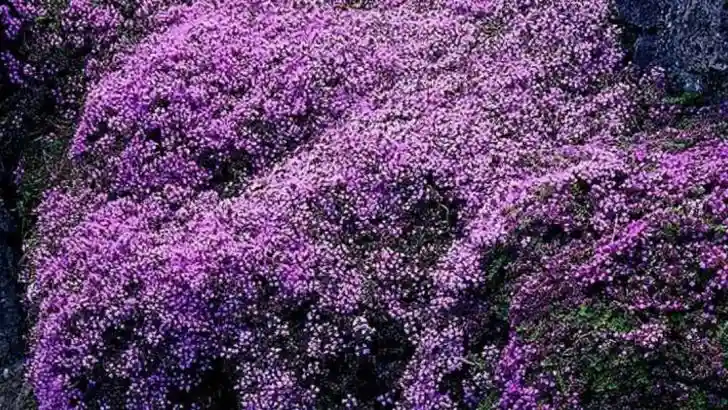Looking for the best of both worlds in your garden? Some plants offer the dense, low-spreading habit of ground covers while delivering the structure and presence of shrubs. They fill space quickly, suppress weeds, and still stand tall enough to shape your landscape.
These overachievers are perfect for sloped areas, awkward corners, or large beds where you want coverage without sacrificing form. Tough yet stylish, they create lush, layered looks with very little effort.
In this article, we’ve rounded up 12 plants that cover ground beautifully while growing with substance. If you want a garden that’s low-maintenance but high-impact, these are the plants to know.
Creeping Juniper

With its sprawling branches hugging the earth, Creeping Juniper offers more than just ground cover. This feisty plant thrives in rocky landscapes, bringing a touch of evergreen beauty to otherwise barren areas. Its needle-like foliage creates a dense mat that stands resilient against harsh weather. Perfect for erosion control, it’s a true natural shield. Interestingly, Creeping Juniper’s adaptability makes it a favorite in dry gardens. Its low-maintenance nature requires little attention, making it ideal for busy garden enthusiasts.
Bearberry
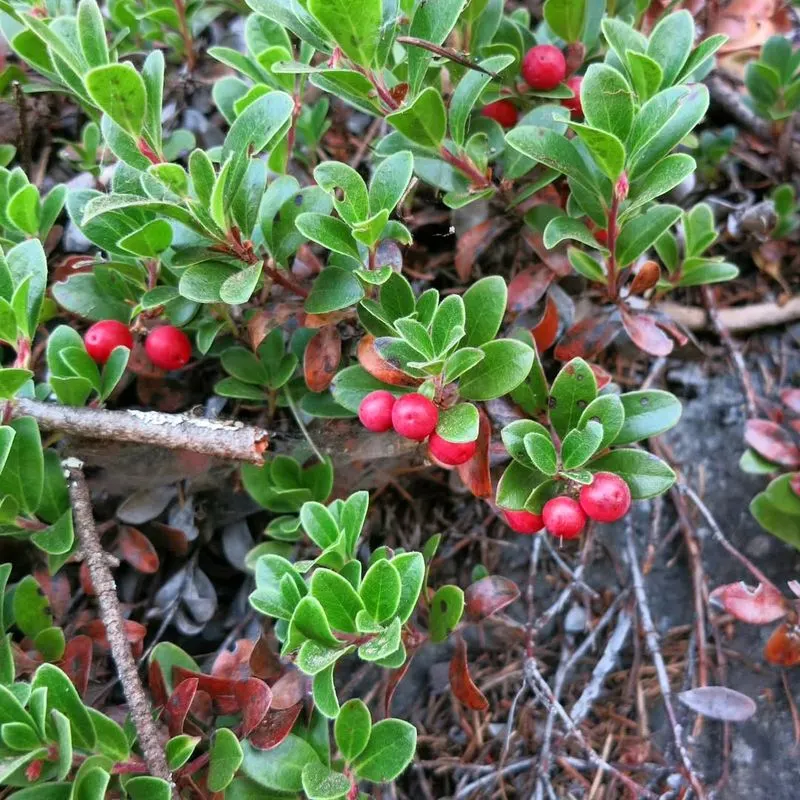
Bearberry, with its enchanting red berries and glossy leaves, captivates the senses. This hardy plant thrives in sandy soils, creating a dense cover while still reaching for the skies. Its trailing branches make it perfect for slopes or rocky outcrops. Renowned for its resilience, Bearberry withstands drought and poor soil conditions. In the garden, it serves as a delightful contrast against taller plantings. A bonus? Its berries attract wildlife, bringing life to any landscape.
Blue Star Creeper
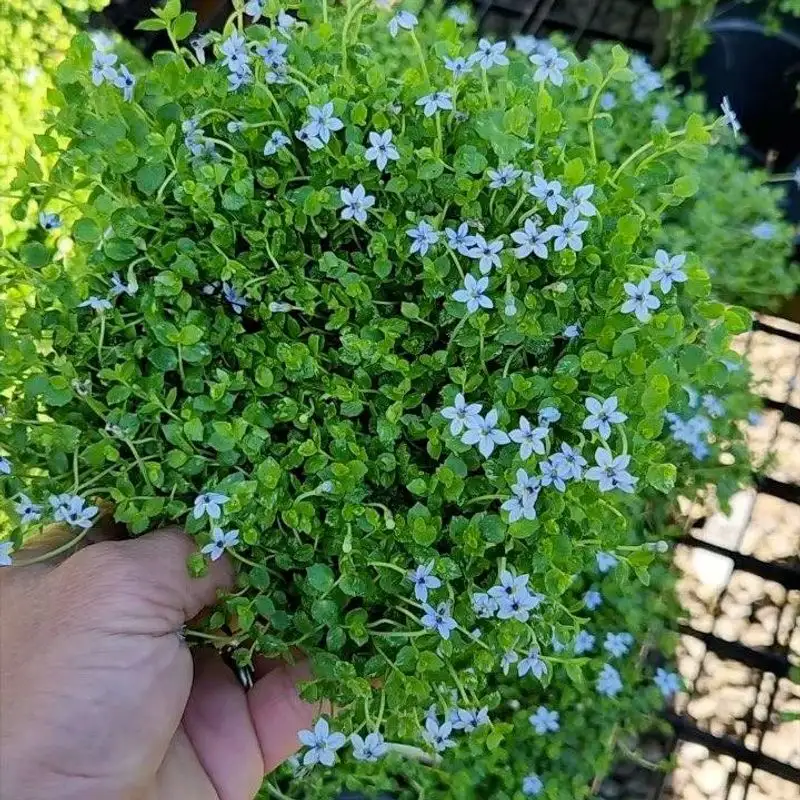
Adorning the garden with petite blue flowers, Blue Star Creeper is a delight for those seeking subtle elegance. Its low yet spreading nature makes it ideal for filling gaps between stepping stones. Although it appears delicate, this plant is surprisingly tough, flourishing in various soil conditions. The gentle blooms offer visual interest without overpowering other garden features. It’s a charming choice for garden borders or as an accent around larger shrubs. Once established, it requires minimal care, thriving with just occasional watering.
Snow-in-Summer
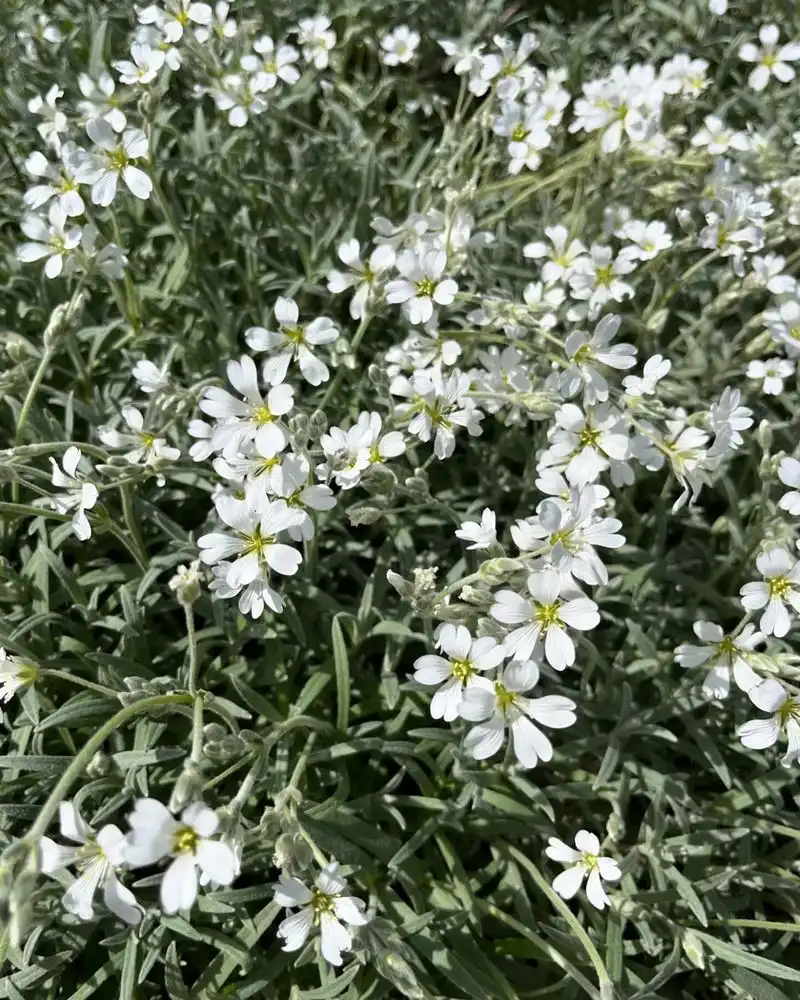
Snow-in-Summer dazzles with its silvery foliage and profusion of white blossoms. This plant’s cascading growth habit makes it look like a soft, snowy blanket on the ground. It thrives in well-drained soils and can tolerate drought, making it suitable for sunny spots. Its rapid growth covers large areas quickly, providing a striking contrast against green landscapes. In addition to its beauty, Snow-in-Summer is low-maintenance, making it a gardener’s dream for effortless elegance.
Creeping Thyme
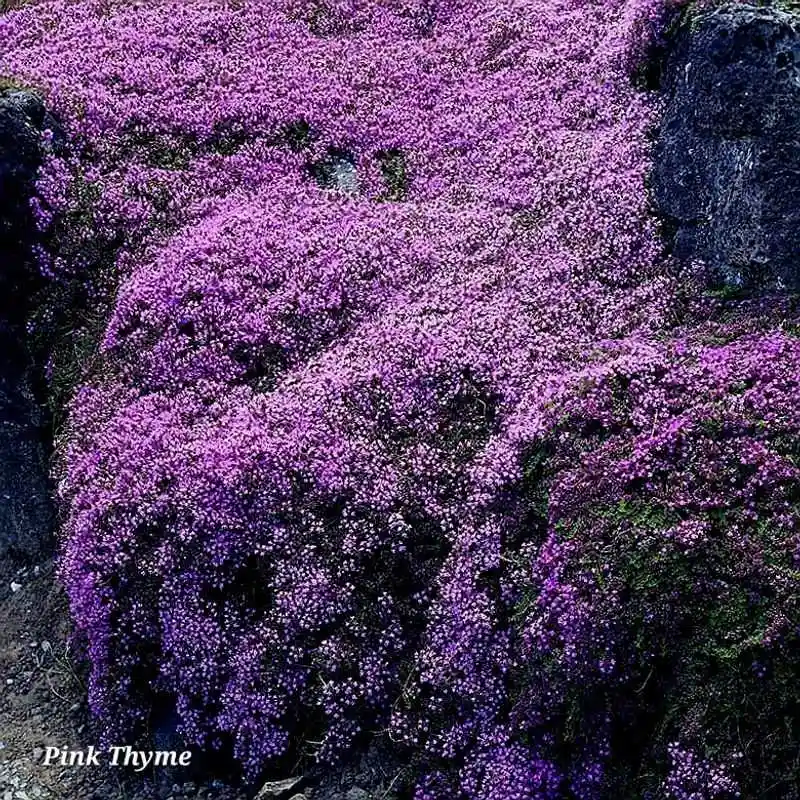
Creeping Thyme offers a fragrant touch to the ground cover realm with its aromatic leaves and tiny purple flowers. This herb not only decorates with its vibrant hues but also offers culinary delights. Ideal for sunny spots, it thrives in well-drained soil, spreading gently across pathways or between stones. Its resilience to foot traffic makes it a popular choice for garden paths. Beyond aesthetics, Creeping Thyme attracts pollinators, adding buzzing life to the garden. A delightful addition for any herb enthusiast.
Wintergreen
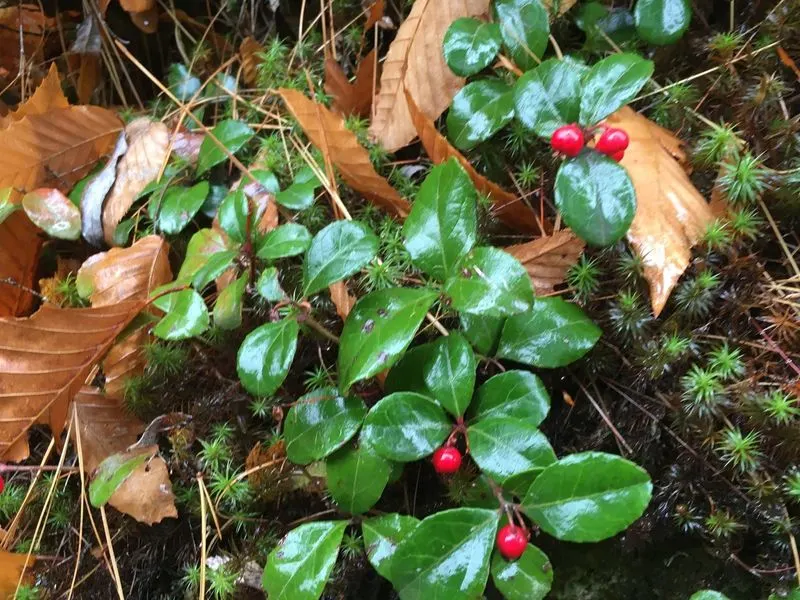
Wintergreen brings year-round interest with its aromatic leaves and bright red berries. Its low-growing nature is perfect for woodland gardens, offering both beauty and function. The plant’s glossy leaves remain vibrant even in the coldest months, providing color when most plants have retreated. Not just a pretty face, Wintergreen’s berries and leaves have been used historically for medicinal purposes. Its adaptability to shade and moisture makes it a versatile choice for underplanting in wooded areas.
Japanese Spurge

A go-to for shaded areas, Japanese Spurge forms a dense, evergreen mat that’s both elegant and functional. Its dark green leaves add depth to shady borders, making it a staple in many gardens. Aside from its visual appeal, Japanese Spurge is hardy, thriving in various soil types. It’s an excellent choice for erosion control on slopes or under trees where grass struggles to grow. Its low maintenance nature ensures it remains a garden favorite, effortlessly filling in bare spots with lush greenery.
Irish Moss
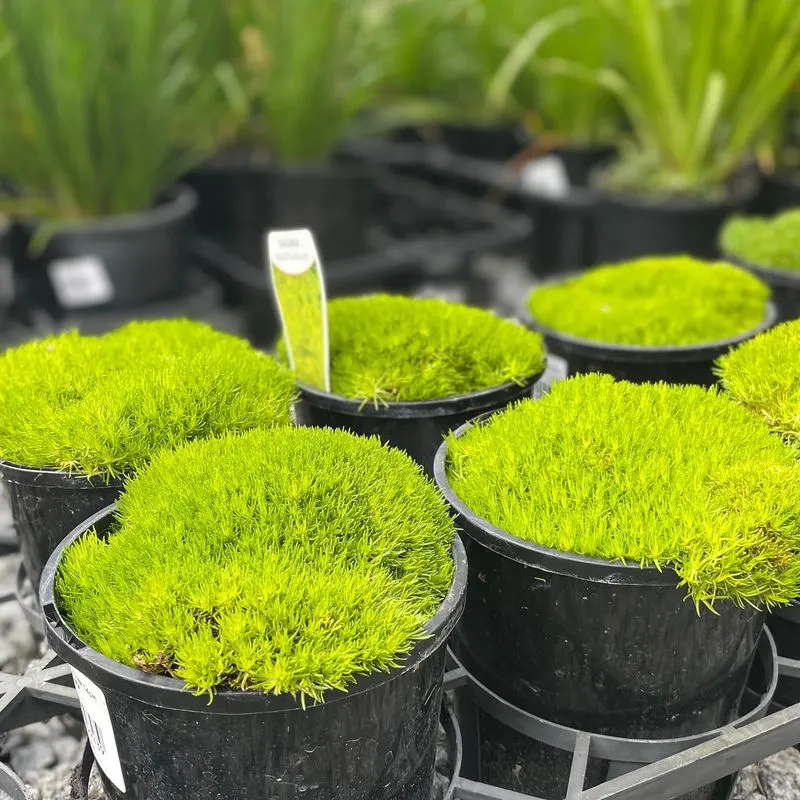
Despite its name, Irish Moss is neither moss nor Irish, yet it charms gardeners with its lush, green carpet-like appearance. This plant is ideal for those tricky spots in the garden that need a soft touch. Tiny white flowers grace its compact form, adding delicate beauty to garden paths or rockeries. Irish Moss thrives in moist, well-drained soils and partial shade. It’s a wonderful choice for those looking to create a serene, green oasis in their outdoor space.
Sweet Woodruff

Known for its sweet scent and whorled leaves, Sweet Woodruff is a charming addition to any shaded garden. Often used as a natural ground cover, it provides a soft, green blanket with a hint of vanilla fragrance. Its tiny white flowers add a touch of elegance, making it a favorite for shaded borders or woodland gardens. Not only is it visually appealing, but Sweet Woodruff is also low-maintenance, requiring minimal care once established. It’s a perfect choice for gardeners seeking both beauty and simplicity.
Cranesbill
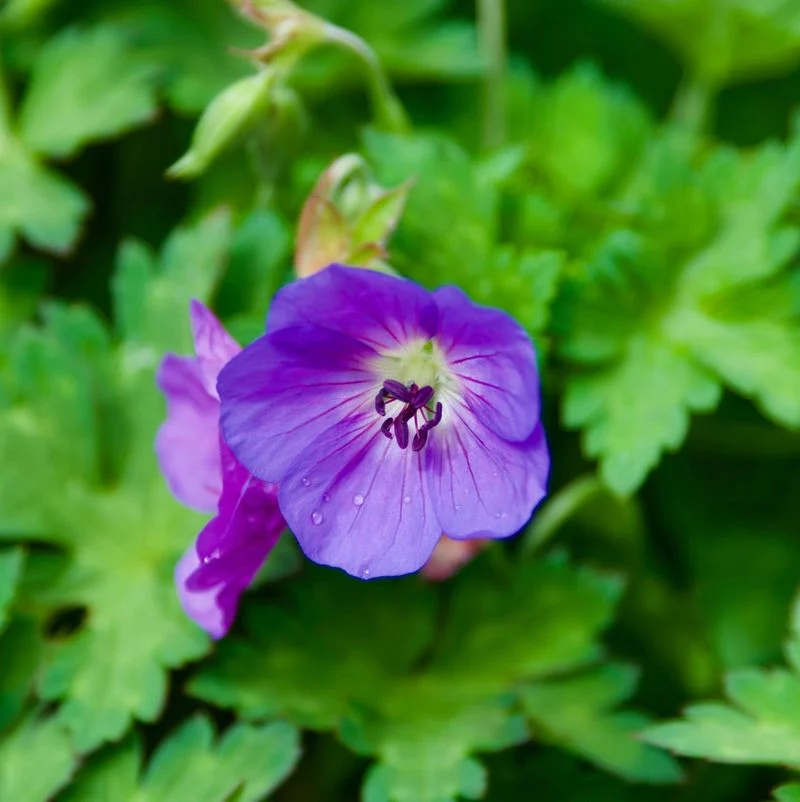
With its cheerful pink blooms and deeply lobed leaves, Cranesbill brings a splash of color to garden beds. This plant’s mounding habit makes it an excellent ground cover, especially in sunny spots. Its resilience to various soil conditions and weather makes it a reliable choice for gardeners. Often used in cottage gardens, Cranesbill adds a touch of whimsy and charm. Its blooms not only attract the eye but also entice pollinators, adding life and movement to the garden landscape.
Lamb’s Ear
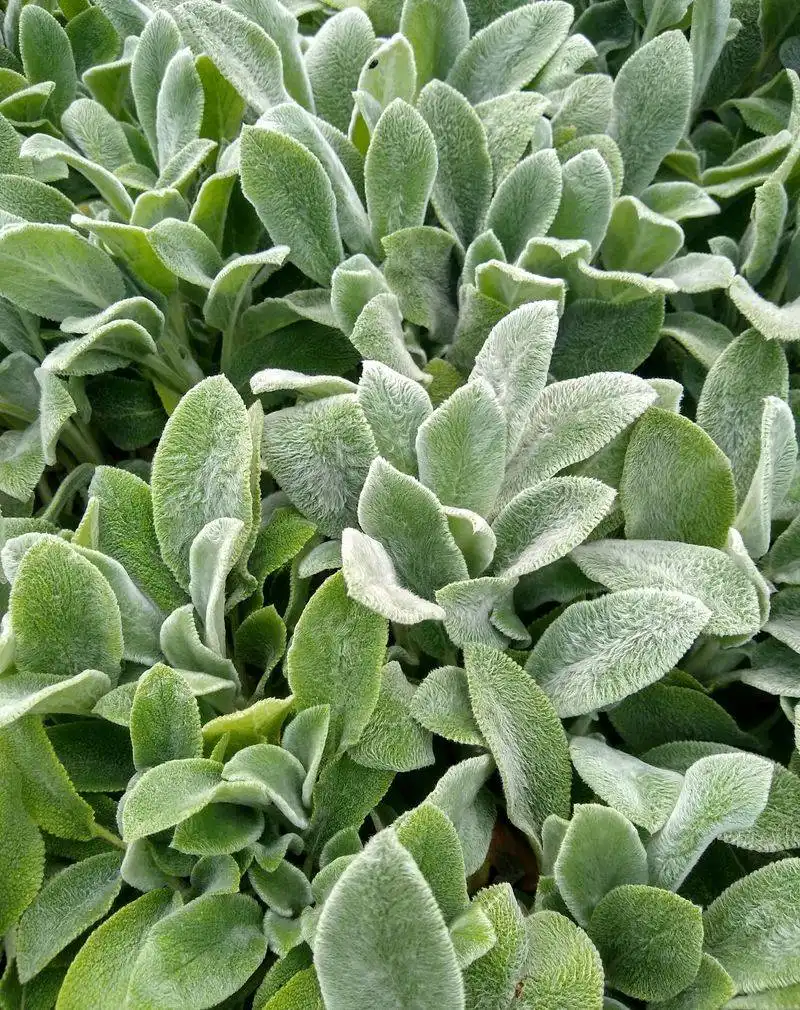
Lamb’s Ear is cherished for its soft, fuzzy leaves that resemble the ears of its namesake animal. This plant’s silvery foliage adds a soothing, tactile element to garden beds. It’s perfect for dry areas, thriving in well-drained soil and full sun. Besides its textural appeal, Lamb’s Ear is a hardy ground cover that requires little maintenance. Children and adults alike enjoy its unique texture, making it a delightful sensory addition. It’s a versatile plant that complements both modern and traditional garden designs.
Ajuga
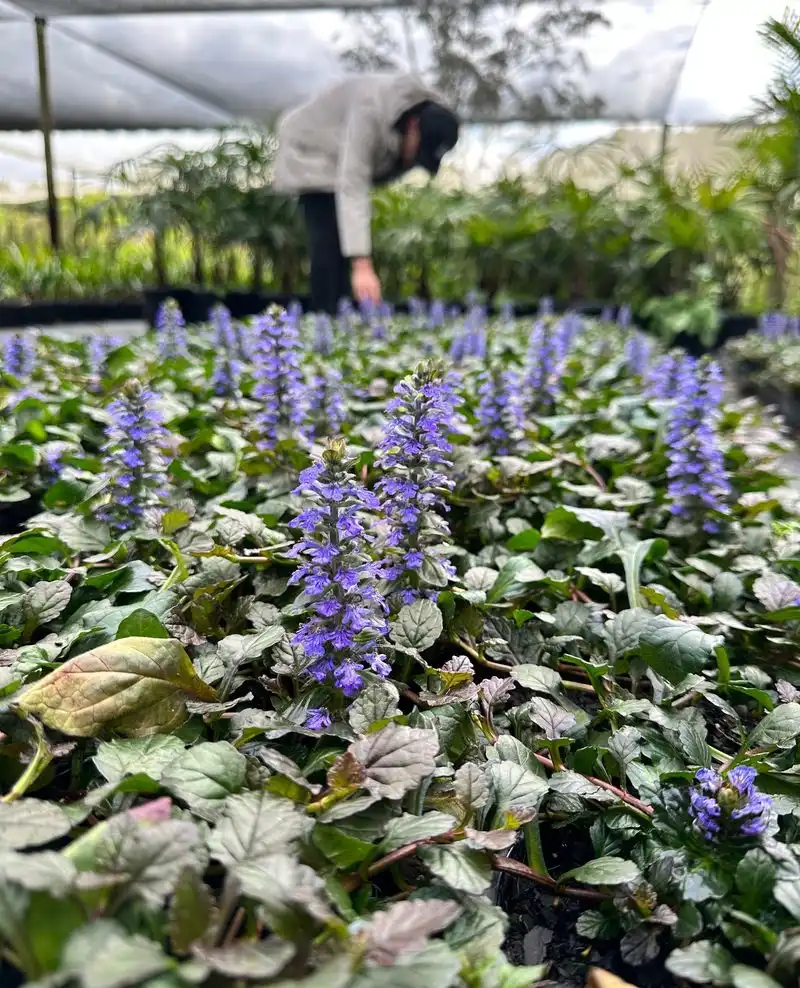
Ajuga, with its striking blue flower spikes, is a standout in any garden. This hardy plant forms a thick mat of foliage, perfect for covering bare ground. Its vibrant flowers provide a pop of color, attracting bees and butterflies. Ajuga is quite adaptable, growing well in both sun and shade, though it prefers moist, well-drained soil. It’s an excellent choice for adding texture and color to garden borders or pathways, making it a versatile favorite among gardeners.

